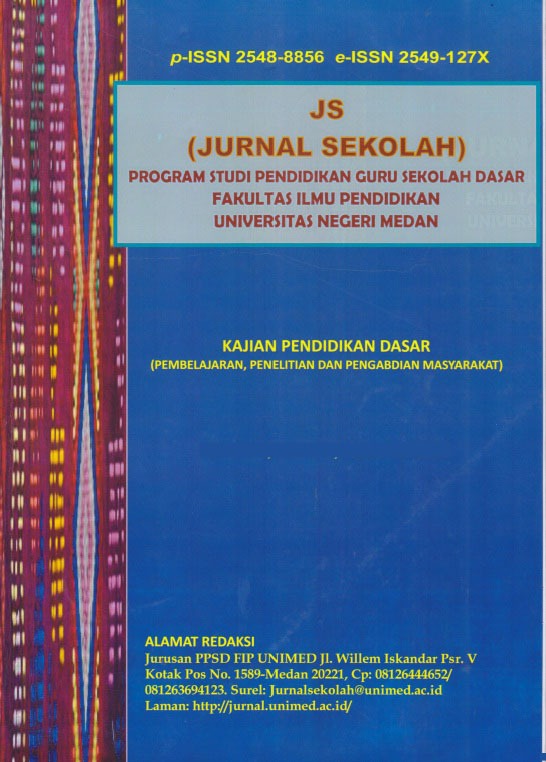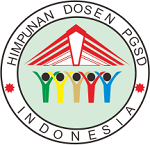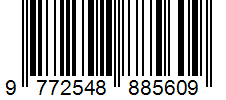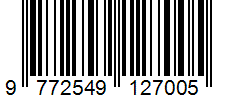PENERAPAN MODEL PROBLEM BASED LEARNING BERBANTU MEDIA AUDIO VISUAL UNTUK MENINGKATAN HASIL BELAJAR DI SEKOLAH DASAR
DOI:
https://doi.org/10.24114/js.v5i3.26420Abstract
Abstract: This type of research is Classroom Action Research. The purpose of this study is to improve student learning outcomes by applying the Problem Based Learning (PBL) model with the aid of audio- visual media on the content of Social Sciences in thematic learning. The results of the research carried out can be concluded that learning with the Problem Based Learning (PBL) model in learning is able to improve student learning outcomes with the help of audio-visual media, because with the model and the media-assisted students become more interested in participating in learning, the Problem Based Learning (PBL) learning model This also makes students able to think critically.Keywords: learning outcomes, Problem Based Learning (PBL), audio visual media.Abstrak: Jenis penelitian ini adalah Penelitian Tindakan Kelas. Tujuan penelitian ini meningkatkan hasil belajar siswadengan penerapan model Problem Based Learning (PBL) berbantu media audio visual pada muatan Ilmu Pengetahuan Sosial (IPS) dalam pembelajaran tematik. Hasil penelitian yang dilakukan dapat disimpulkan model Problem Based Learning (PBL) dalam pembelajaran mampu meningkatkan hasil belajar siswadengan berbantuan media audio visual, dikarenakan siswamenjadi lebih tertarik untuk mengikuti pembelajaran, model pembelajaran Problem Based Learning (PBL) ini juga menjadikan siswamampu berfikir kritis.Kata kunci: Hasil belajar, Problem Based Learning (PBL), media audio visual.Downloads
Published
2021-06-20
How to Cite
Sholeha, S. R., Septiana, I., & Purbiyanti, E. D. (2021). PENERAPAN MODEL PROBLEM BASED LEARNING BERBANTU MEDIA AUDIO VISUAL UNTUK MENINGKATAN HASIL BELAJAR DI SEKOLAH DASAR. JS (JURNAL SEKOLAH), 5(3), 52–58. https://doi.org/10.24114/js.v5i3.26420
Issue
Section
Articles
License
Copyright (c) 2021 Septi Risqiana Sholeha, Ika Septiana, Elis Dwi Purbiyanti

This work is licensed under a Creative Commons Attribution-ShareAlike 4.0 International License.

Jurnal Sekolah is licensed under a Creative Commons Attribution-ShareAlike 4.0 International License.
















